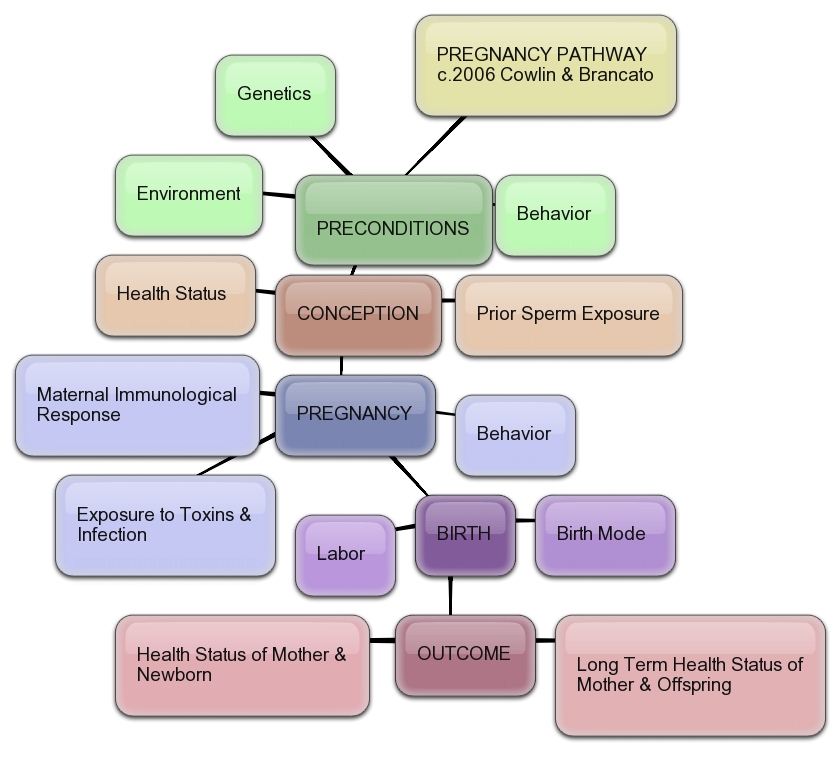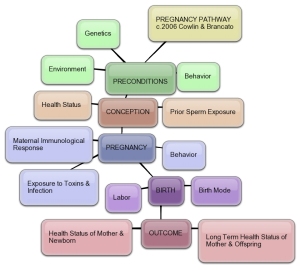Pregnancy Pathway, Birth — Birth Mode
The Second Stage of Birth is different from the First Stage. The actual expulsion of the baby requires a change in energy axis. During dilation (first stage), oxytocin is most easily released from the pituitary gland during relaxation (see previous post), but during transition, a change occurs so that the ergotropic response takes over and adrenaline is key in helping oxytocin to spike.
What does this mean as far as preparation is concerned? While it is important to learn to relax or maintain positions such as one does in yoga, the ability to sprint, or turn on an aggressive action at the end, is critical. You need good aerobic conditioning. Begin exercise with easy breathing and movement, then practice aerobic endurance and power moves at the end of your workout! Finish up with cool down and stretching.
The contractions themselves change. They remain intense for a longer stretch, but the time between them increases. Pushing involves not only the uterus contracting, but the pressure exerted by the transverse abdominal (TrA) muscle. Similar to squeezing a tube of toothpaste, TrA pressure helps press the baby toward the exit — yes, that is the vaginal opening. If the laboring mother is not able to apply adequate pressure, labor assistants sometimes apply pressure manually to the top of the uterus or — if need be — forceps or a vacuum extraction may be necessary.
How can a mom best prepare so that the TrA can provide the needed pressure? Strength training the TrA! Like any other motion requiring power strength, this muscle can be strengthened to do its job! Here’s how:
picture 1: sit upright, inhale
picture 2: exhale, compress abdomen and curl down
Return to upright and repeat 8 times. Rest. Repeat 8 more times.
What if something goes awry? Cesarean, or surgical birth is an alternative. Major complications before labor include a placenta previa, infection or undeliverable breech position. During labor, the most common problem is dystocia — stalled progress through dilation (first stage) or pushing (second stage). In the pushing stage, head to large for pelvis is the most common difficulty.
What happens next? If the birth is natural, you will feel a tremendous euphoria. Bring the baby right up onto your chest for skin-to-skin contact. If you have had medications, your response may be slightly blunted, but you will definitely be overwhelmed by the emotions of birth.
Third Stage is expulsion of the placenta, which can no long remain connected to the shrinking uterus. When it detaches, the nurses or midwives will ask you to push and !plop! out it comes. It can be interesting to see what has nourished your baby for so long!
CONGRATULATIONS! YOU’RE A MOM!

















